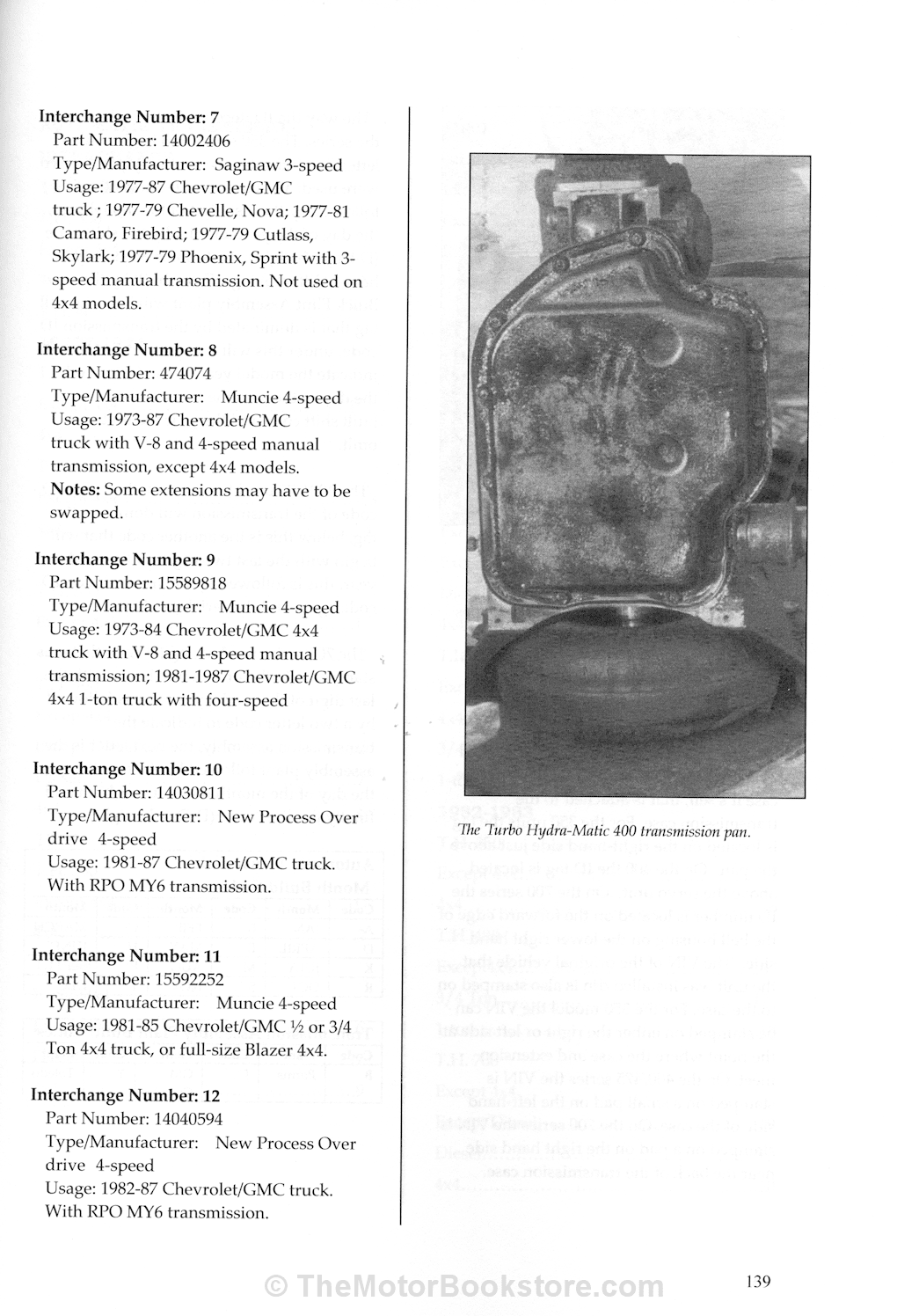Ford Parts Interchange Manual Suspension

In 1957, Ford Motor Company ushered in a new era of V-8 performance, which ultimately left tried-and-proven Y-Block and Flathead V-8s to history books and nostalgia buffs. The all-new FE-Series family of pushrod overhead-valve V-8s showed Ford in a new light in the years to follow. In world performance venues like LeMans and Sebring, it knocked the competition on its ear, sending legendary names like Ferrari, Jaguar, and Corvette home with their egos in brown paper bags. The original FE-series big-block, the 332-ci V-8 introduced for 1957, eventually grew to 428 ci, thrusting the Dearborn, Michigan, automaker to new heights with renewed respect around the world. This Tech Tip is From the Full Book,. For a comprehensive guide on this entire subject you can visit this link: SHARE THIS ARTICLE: Please feel free to share this post on Facebook / Twitter / Google+ or any automotive Forums or blogs you read. You can use the social sharing buttons to the left, or copy and paste the website link: Four years later, Ford turned its product planning and engineering attentions to the opposite end of the performance spectrum.

This was a new lightweight V-8 displacing 221 ci and designed for the allnew 1962 Ford Fairlane intermediate. Known as the 90-degree Fairlane V-8, the 221 quickly grew to 260 ci and then to 289 ci in 1963. In due course, the Fairlane V-8 became known among enthusiasts as the small-block Ford.
Few can dispute the runaway success of Ford’s small-block V-8. It went to LeMans, Indy, and dozens of other racing attractions around the world. Ford ultimately stroked the 221/260/289 to 302 ci, topped with large-port, polyangle valve heads, to create the highrevving Boss 302 small-block for SCCA Trans Am competition. It was misfortune in 1968 that led Ford engineers to the Boss 302 engine to begin with. The short-lived 302 Tunnel- Port head made power, but caused engine failure and unacceptable losses during the 1968 racing season. Racers had to spin the Tunnel-Port well above the 8,000-rpm mark, which was more than these engines could handle. Befuddled by failure after failure, Ford engineers looked to the new poly-angle valve 351C wedge head.
This heads, a four-bolt main block, and a steel crank with heavy-duty Boss rods. The Boss 302 was the ultimate evolution of those first 221-ci Fairlane V-8s. For 1969, Ford capitalized on the small-block’s proven architecture by adding one-inch of deck and 1/2 inch of stroke to the basic 289/302 block to get 351 ci. The 351-ci Windsor small-block was a response to Chevrolet’s 327 and 350-ci small-blocks, as well as Chrysler’s 340/360 and AMC’s 343/360/390.
It was the mid-size block Ford needed and didn’t have prior to 1969. It made abundant torque, which is exactly what Ford’s product line needed to get buyers. It is not clear why Ford decided to build two types of 351-ci small-block V-8s in 1970 to 1978. The 351W was a very successful engine in its own right, especially considering its production lifespan has far outpaced the long-defunct 351C, 351M, and 400M. The 351 Cleveland that came in 1970 quickly developed a performance image for itself, thanks to large-port heads and big wedge chambers.

The downside to the 351C on the street was its large ports, which delivered poor low- to-mid-range torque, but came on strong at high RPM. But the Cleveland/Midland block is also an overweight design with an inadequate oiling system, which begs the question: Why use it at all if you have the option of a 351W-based engine? Ford Australia did more with the Cleveland than did Ford’s North American operations. The Australians improved the Cleveland block and created just the right combination of port size and combustion chamber design, building a far better 351-ci middle-block than Ford North America ever did. We will probably never know the entire story on why Ford did a parallel family of 351-ci engines.
Ford Parts Interchange Manual
You can bet it was political in some respect, yet this cannot be proven. Jim Smart at Mustang Monthly magazine theorizes the 351 Cleveland came as a result of former General Motors boss Semon E. “Bunkie” Knudsen’s brief presidency at Ford Motor Company during the late 1960s. Because the 351C has poly-angle valves like a bigblock Chevy and block architecture resembling Oldsmobile’s Rocket V-8s of the era, it is logical to assume Knudsen brought these nuances with him from General Motors via engineering staff that followed him. However, it remains unproven how or why this engine happened. Nobody who was there at the time can confirm one way or the other. We give the 351C credit for abundant torque, a small-block Ford with the attitude of a big-block.
It wasn’t heavy like a big-block, yet it was certainly not lightweight either. Production of the 351C ended in 1974 in North America and much later in Australia. This leads us to the 351M and 400M middle-blocks. The 400M was a tall-deck version of the 351C, introduced in 1972 to replace the FE-series 390 in passenger cars. To gain manufacturing efficiency, Ford de-stroked the 400M to create the 351M in 1975, which enabled Ford to use a single block casting for both displacements. The 351C was discontinued and replaced by the 351M.
Free Ford Parts Interchange Manual
Externally, the 351M and 400M are identical in appearance. This makes the 351M a poor choice for your engine build. You might as well take advantage of the 400M’s displacement because there’s virtually no difference in weight. Written by George Reid and Republished with Permission of CarTech Inc.